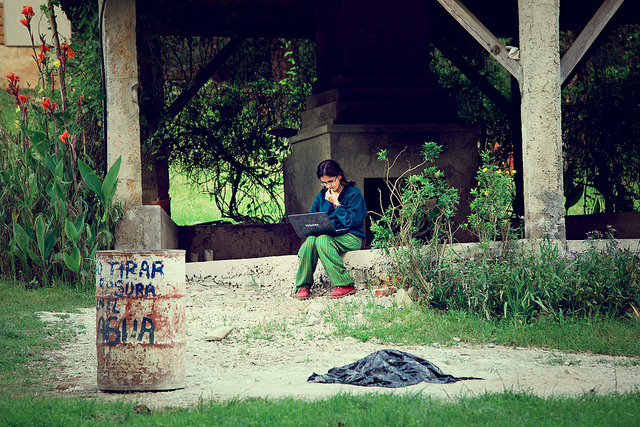Teaching and Learning
The first major assignment in my Instructional Design course was an examination of the major learning theories, as well as a lesson plan developed using the ADDIE model. It was originally posted here.
Bloom, Gagné, and Pavlov were all examined as some of the most influential individuals in the building of how we look at learning and teaching today.
Gagné saw that by working their way up through the levels, students could eventually have mastery of the task they were studying. This method also allowed for students to move at a pace that worked for their own abilities, as well as letting them stop and start again at any point and presenting the entire learning process as a journey rather than a means to an end.
Unlike Gagné, Bloom didn’t see the educational process as stopping at Problem Solving – for him, the pinnacle of mastering a skill or learning something new came when the student was able to then take that information and do something unique with it. Bloom’s first edition of the Taxonomy had this final stage as “Knowledge,” but in 2001 (two years after his death), it was updated to “Creating” or “Synthesizing”.
In addition to looking at some of the major learning theorists, an examination of cognition and memory and the role they play in education was also covered.
The roles of cognition and memory in the learning process cannot be overstated. After all, if there is any purpose behind instruction, it is with the end goal of the student to learn and remember. Our memory develops through three stages, our sensory memory, our working “short-term” memory, and our long-term memory. When a student is involved in an ongoing instruction or lesson, their working memory is holding onto the information that comes to them through their sensory memory as their minds work to sort through the information.
Final Thoughts on Instructional Design, Learning, and Teaching
Teachers are as dependent on students as students are on teachers.
There is a real power structure in education. With the exception of perhaps the graduate level in university, teachers have all the power. Students are far below educators in terms of who holds how much power.
In reality, teachers are hugely dependent on their students in the success of their teaching. They are dependent on their students to let them know that their instruction is efficient. They are dependent on their students to let them know that their teaching methods are engaging and inspire the desire to know more. Without the students, the teacher would have a very difficult job being a teacher. Which leads to…
Teachers cannot design instruction in a vacuum.
Even in the limited experience I had experimenting with asynchronous lesson planning, there is still no way that this can all be done in a bubble. Educators have to know their students – they have to know their abilities, their needs, their desires. They have to have methods in place for recieving and giving feedback. They have to have an intact method of communication, regardless of if their lessons are synchronous or asynchronous, for letting their instruction happen in the first place.
Students have the ability to drive the direction of their instruction.
With a small caveat – assuming the educator is receptive and listening to their students needs.
Much of what we talked about and what I learned is that many components of instructional design are student driven. Classes, while set up and orchestrated by the instructor, are paced by the students. And if an educator is receptive to the needs of their students, those students then have the ability to change the pacing – and potentially by extension the content – of their class.
Instructional design is far more complicated than I had ever originally anticipated.
This has been a theme for be in my graduate education, but it has probably struck truest here. Perhaps it's because I am familiar with educators simply buying lesson plans, or with imaging teachers spending a few hours over summer vacation designing the next year's instruction.
Not so. I am impressed not only with how complex designing good lessons is, but also with the remarkable history that lies beneath good instruction. It isn't simply looking at state teaching requirements and one's own educational experience – it's utilizing decades of tried and true educational theory to design lessons that leave students more well-rounded and prepared for their next stages in education.
You can view the full paper here on Dropbox.

